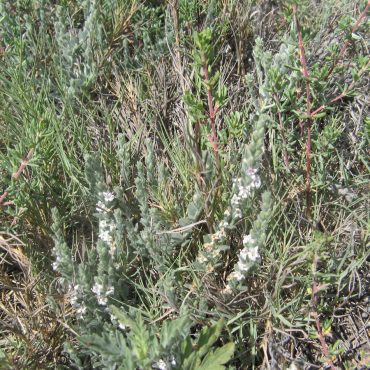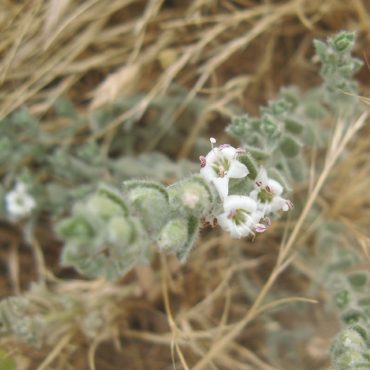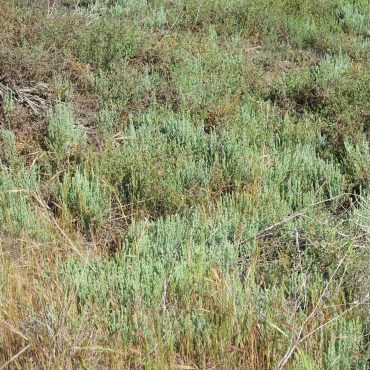Alkali weed (Cressa truxillensis) is a common but small plant of the upper salt marsh. It may be the most overlooked and understudied component of our flora. The most obvious characteristic is the silver foliage, caused by abundant small hairs that cover leaves and stems. The white flowers are tiny. Young anthers are bright rose-purple, giving the small plant a pop of color but aging brown. The two white styles with ball-shaped stigma, are excreted from the flower like droopy antennae.
Alkali Weed
Cressa truxillensis
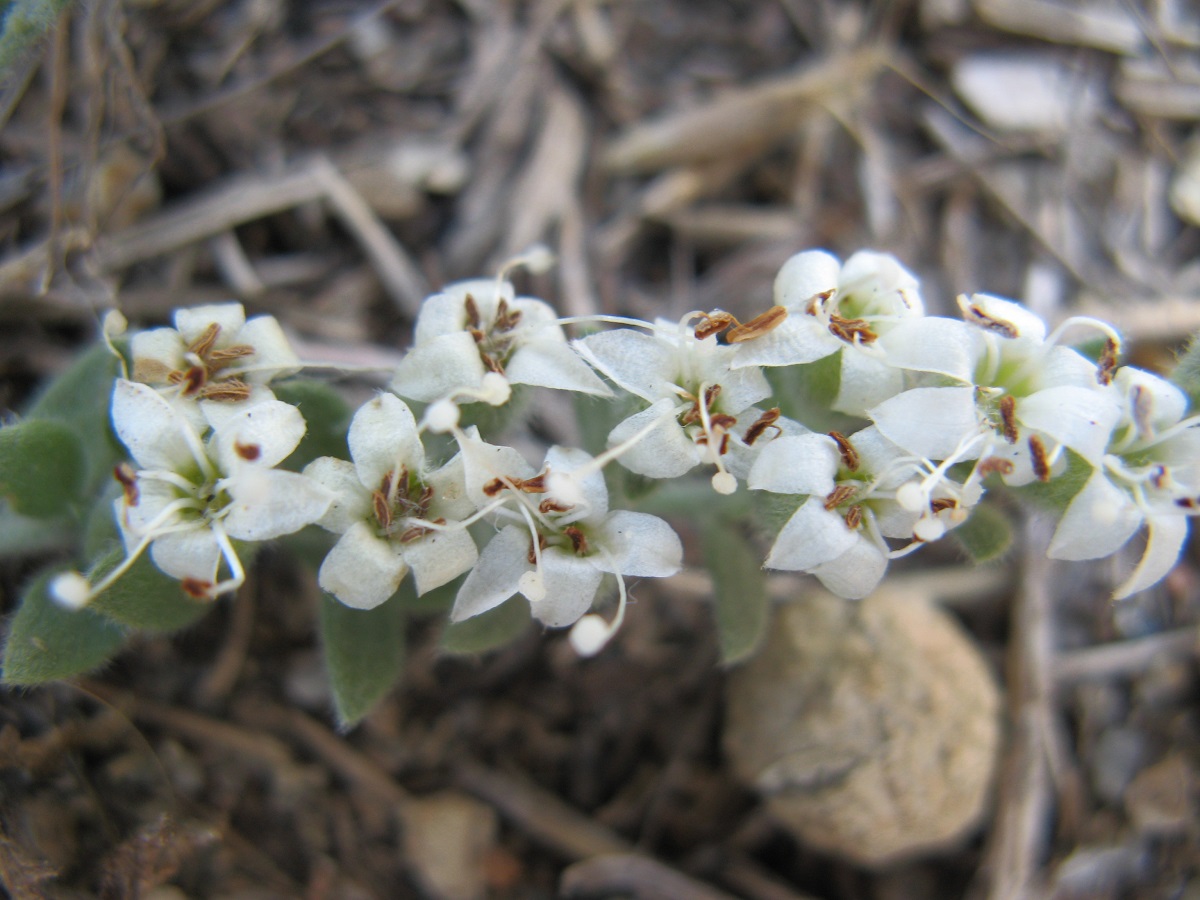
Other Common Names:
spreading alkaliweed, alkali plant, alkali clover
Description 2,11,34,59
Alkali weed is an herbaceous, clone-forming perennial generally less than 10 inches (25 cm) high. Tufts of erect to sprawling, mostly unbranched shoots arise from a subsurface rhizone. Shoots are densely covered with small oval, overlapping leaves that stand erect along the stem and are covered with long, silky white hairs that turn the plant gray. Leaves are lanceolate to elliptic, less than 1/2 inch (1.1 cm) long, with smooth margins and with or without short petioles.
Many small flowers are born individually in leaf axils near the ends of the shoots with the younger flowers above, flowers often appearing aligned on one side. The sepals are united at their bases and form short tube that hides the basal portion of the petals. Five white petals are united into a symmetrical funnel-shaped corolla with erect or reflexed lobes that are sometimes tipped with dark rose. The five white stamens have large, arrow-head shaped anthers. Young anthers are often rose purple, giving the flower a pop of color; they age to dark red-brown. The single pistil has a superior ovary with two white styles, each topped with a ball-shaped stigma. Most flowers occur from April – September.1
The fruit is a small, dry capsule that splits open from the base. Generally only one small, brownish seed is produced per fruit; many fruit are sterile.
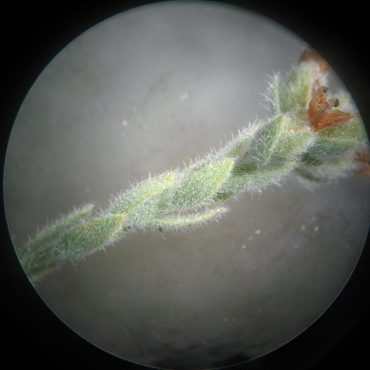
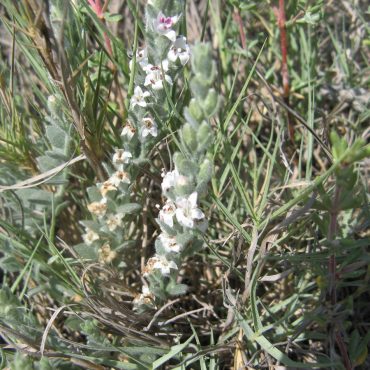
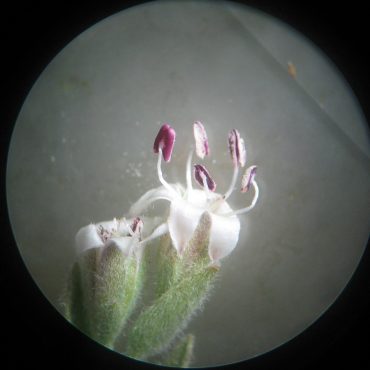
Distribution 7,59,89,423
Alkali weed is native to a wide area of western North and South America, from California through Baja California into central Mexico, and east into Texas. It is also native from Ecuador, south into Chile and Argentina. Alkali weed is a halophyte, most common in saline areas near the coast but is also found in alkaline, riparian and disturbed areas further inland.
In California alkali weed is most often found along the coast and in the Central Valley, but it has been reported at numerous localities and vegetation types throughout the state below 2300 feet (700 m).
In the Reserve and in other southern California estuaries, it is found at the upper edge of the marsh,408 often near the upper limit of pickleweed (Salicornia pacifica), growing with saltgrass (Distichlis spicata) and alkali heath (Frankenia salina). The best viewing spot may be along the Gemma Parks loop off the Rios trail in Central Basin.
Learn more about plant vegetation types here
Classification 2,44,143
Alkali weed is a dicot angiosperm in the morning glory family, Convolvulaceae. This family is distinguished by their five-lobed funnel-shaped flowers and by characteristics of the reproductive structures. Most members of this family are vines.
The sweet potato is a member of this family, as is the garden morning glory. Native morning glories found in the Reserve include species of parasitic dodder (Cuscuta spp.) and wild morning glory (Calystegia macrostegia)48
Cressa is a small genus, with four similar species, which are distinguished morphologically and geographically.423 In the past these have variously been split into as many as 19 species, and lumped into a single species. In this system, alkali weed is the only species of Cressa in North America. In the currently accepted system, there are no varieties.
Alternate Scientific Names:
Cressa insularis Cressa depressa
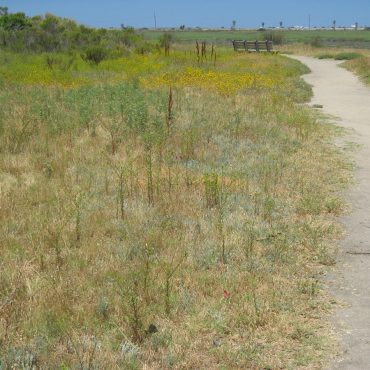
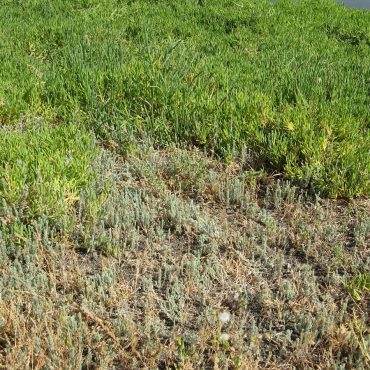
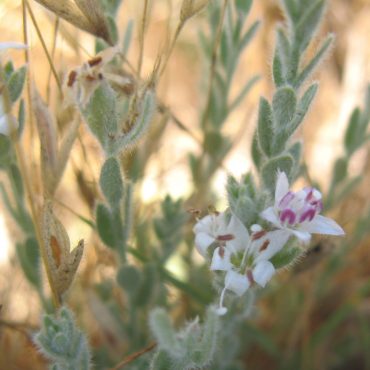
Ecology
Alkali weed is a halophyte that often occurs where the soil has elevated concentrations of salts. Although much is known about mechanisms of salt tolerance, alkali weed appears to have escaped study. A closely related species in the Mediterranean area, Cressa cretica, has salt glands that excrete excess salt from the leaves.424 It would seem unlikely that our species lacks these evolved structures. On the other hand, it would be equally unlikely that all of the detailed descriptions, (such as references 2,4,423) overlook glands if they are present. There are numerous small particles within the matrix of leaf hairs, but neither my microscope nor my microscope skills are good enough to confirm their composition or origin. For the present, alkali weed remains a puzzle – job security for the botanist.
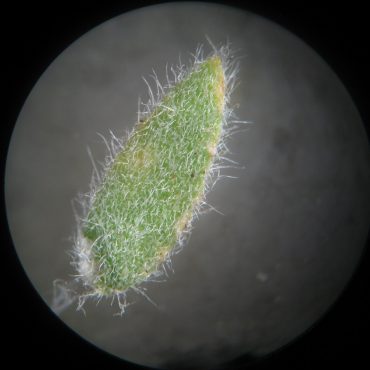
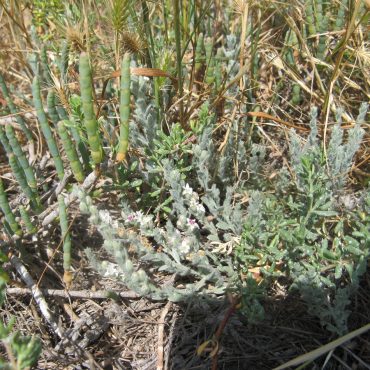
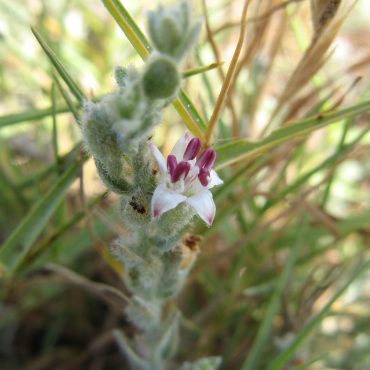
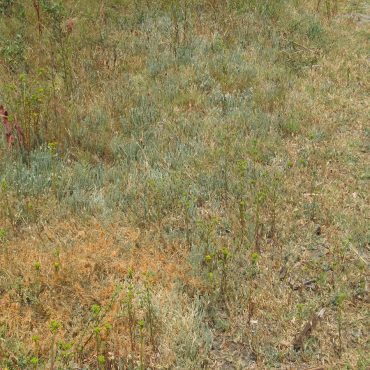
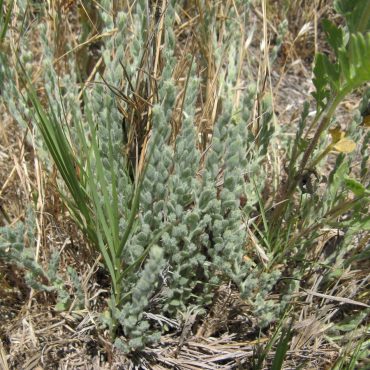
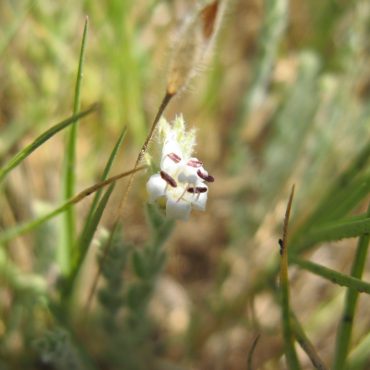
Interesting Facts 21
The scientific name of alkali weed, Cressa truxillensis, is thought to be derived from the Greek word “Kressa,” a Cretan woman, and from the Spanish name “Trujillo,” the second oldest Spanish city in Peru, near where alkali weed was first described. Thus the name seems to translate “a Cretan woman from Peru,” something of a geographical paradox.
